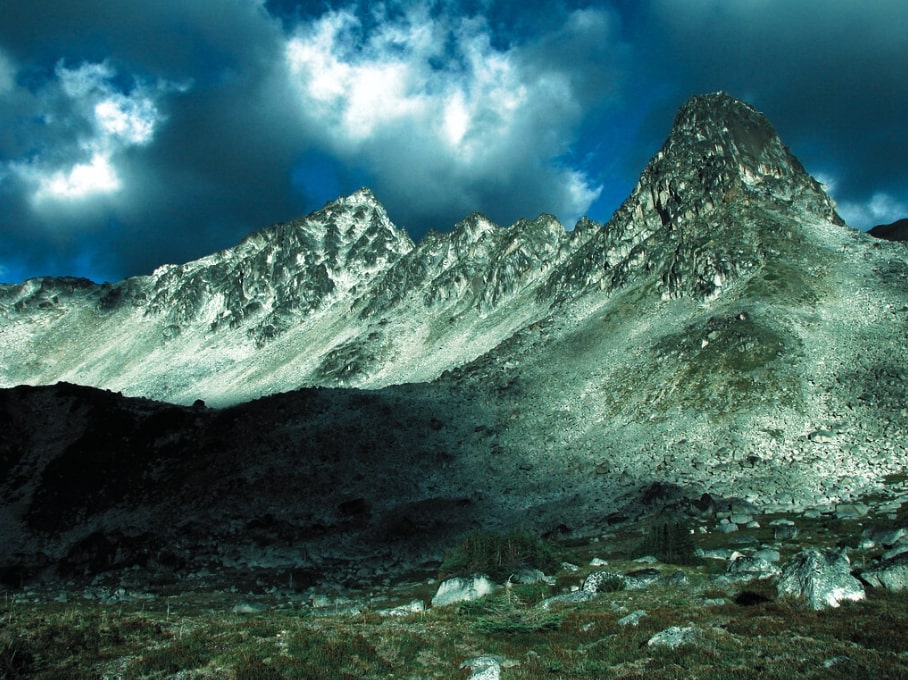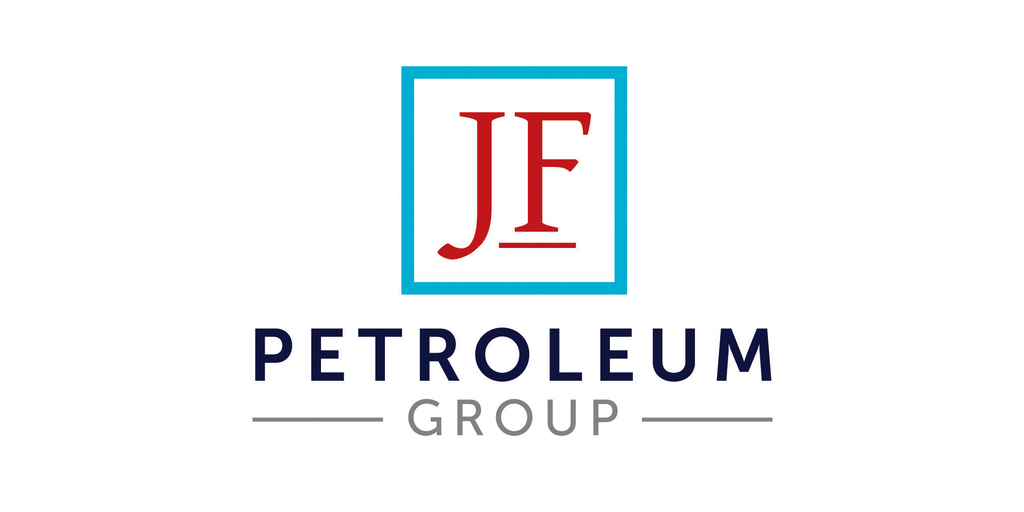Ontario and Quebec have major plans for mineral extraction, but First Nations there say they are not being properly consulted and are taking the provincial governments to court.

By Resource Works
More News and Views From Resource Works Here
The Quebec government’s Northern Action Plan/Plan Nord promises that a total of $2.6 billion will be invested in “the sustainable development of the territory north of the 49th parallel.”
Premier François Legault declared that, in this latest version of Plan Nord, “particular attention has also been paid to the social and cultural realities of northern First Nations and Inuit communities, in order to guarantee their development and vitality.”
Geographically, the plan covers 1.2 million square kilometres, 72 percent of Quebec, and an area larger than France. It includes 31 communities of Inuit, Cree, Innu and Naskapi Nations.
The plan includes development of mining for critical minerals, but we have yet to hear how such projects will affect Indigenous communities. Earlier versions of Plan Nord proposed in 2011 and 2015 were met with mixed reactions at best from Indigenous groups.
And not all is champagne and roses these days in mining relations with First Nations in Canada. Indigenous protests and (legal) challenges are frequently in the news.
There was much debate on mining on First Nations territories at the major Prospectors & Developers Association of Canada (PDAC) conference in Toronto earlier this month. Furthermore, some First Nations said that online mining claims systems did not include them.
There have been Indigenous challenges in Ontario’s “Ring of Fire” region , a 5,000-square-kilometre area northeast of Thunder Bay. Ontario Premier Doug Ford has made mining the Ring of Fire a priority as part of his goal to build an end-to-end electric-vehicle manufacturing chain in Ontario.
At the PDAC conference, Ontario and two First Nations announced an agreement to create infrastructure projects that could support future development in the Ring of Fire.
Ontario government ministers told the conference they are pushing electric-vehicle manufacturing, which calls for more metals and minerals.
And Ontario’s Indigenous affairs minister, Greg Rickford, said mining will bring permanent infrastructure like roads and bridges to underserved communities.
But challenges in Ontario include one from the Ojibway Cat Lake Nation. It has been granted an injunction that pauses a government- approved winter road leading to a gold-mining exploration camp in northwestern Ontario. Cat Lake says the Ontario government did not consult with them.
Several more First Nations are considering legal action over Ontario’s free-entry mining claims system, which now allows companies to stake claims online instead of hammering posts into the ground.
The Chiefs of Ontario organization is calling for a “365-day moratorium” on online claims, saying the system violates their constitutional right for consultation. The Chiefs of Ontario say that the province’s system has allowed prospectors to register claims online much faster than First Nations can respond.
And in Quebec, the Mitchikanibikok Inik First Nation (the Algonquins of Barriere Lake) are taking the Quebec government to court for failure to consult and accommodate Indigenous communities before granting mining claims and allowing exploration activities.
In September 2023, a B.C. Supreme Court judge ruled that B.C.’s online claim-staking system violates Aboriginal and treaty rights. The Yukon Court of Appeal earlier made a similar ruling, finding that Yukon’s free-entry system was inconsistent with the constitutional duty to consult and accommodate Indigenous communities.
The B.C. judge, however, gave B.C. 18 months to update the current process to include the duty to consult.
Now B.C. has announced interim measures that restrict mineral-claim registrations and mining activities in Gitxaała Nation and Ehattesaht First Nation territories, “while the important work of modernizing B.C.’s Mineral Tenure Act (MTA) proceeds.”
Also in B.C., the Nisga’a Nation is forming Canada’s largest Indigenous-led royalty company, Nations Royalty Corp., to combine royalties from mining projects.
Frank Giustra, mining financier and strategic advisor to First Nations, said: “A core focus of the company is to build capacity for Indigenous people in the management of public companies and capital markets, which we hope will result in the creation of additional Indigenous economic ventures.”
The Nisga’a Nation’s current royalty portfolio includes the Brucejack gold mine, Seabridge Gold’s KSM copper-gold-silver-molybdenum project, Ascot Resources’ Premier Gold project and Red Mountain deposit; and Moly LLC’s Kitsault molybdenum project.
As well, the Tahltan Nation and Williams Lake First Nation in B.C. have reached participation agreements in mining projects.
As First Nations across Canada step up their influence in mining development, Keerit Jutla, CEO of the Association for Mineral Exploration says: “We need to . . . ensure that what we build is respectful of Indigenous rights.”
He said the association encourages its members to engage early and often with First Nations.
We hope other miners and governments heed him.
Share This:




